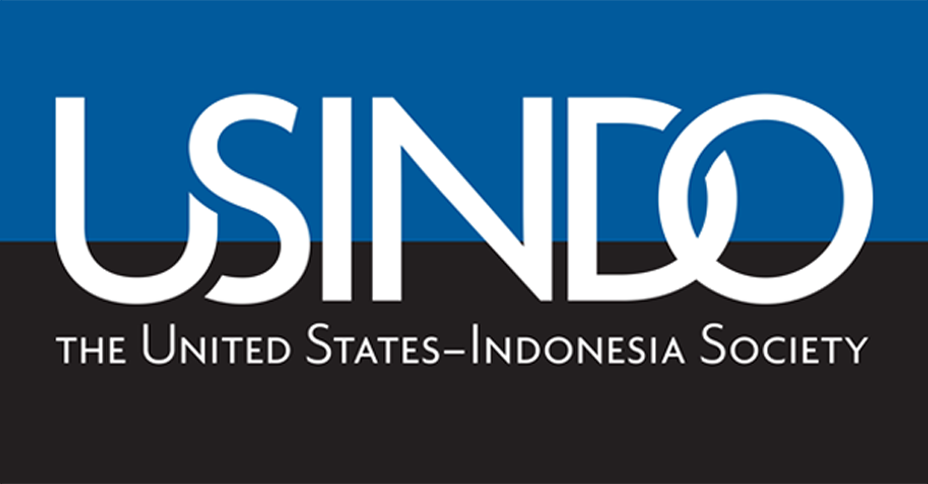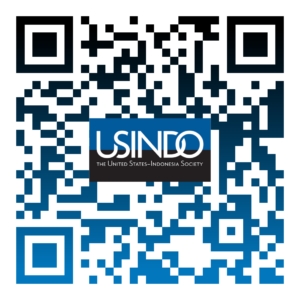USINDO LEAD (Leaders in Education Advancement and Digital Literacy)
USINDO LEAD is an immersive 8-session program designed exclusively for Indonesian university lecturers. Our mission is to empower educators to become leaders in education advancement and digital literacy, by adopting Problem-Based Learning and encouraging the development of their students’ Critical Thinking and Digital Literacy skills. Through a dynamic blend of live and self-accessed 90-minute sessions, participants will acquire the skills and strategies needed to excel in today's evolving educational landscape.
Session 2
This self-accessed session aims to:
- To introduce and/or refresh knowledge of CT/DL/PS skills through concepts of lifelong learning and metacognition
- To introduce and/or refresh knowledge of course & lesson/session
- To sharpen critical thinking habits through practice of problem identification, idealization of solutions and prediction of outcomes
- To enhance understanding of student-led / student-centered learning (coaching habits)
LET'S CHECK THE PRACTICAL APPLICATION OF TOOLS AND APPS IN THIS SESSION:
- INTRODUCTION VIDEO VIEWING
- QUIZLET FLASHCARDS
- EDPUZZLE VIEWING & INTERACTION
- ARTICLE READING + NOTE TAKING
- ARTICLE SKIMMING & SCANNING + NOTE TAKING
- ARTICLE READING & ASSESSMENT ON A SCALE 1-5
- WRITTEN CONTRIBUTION TO TWO SHARED GOOGLE DOCS
- OUTRO VIDEO VIEWING
YOU WILL USE: YOU WILL USE : EDPUZZLE APP, QUIZLET APP, GOOGLE DOCS WITH LINKS, GOOGLE FORM SUBMISSION, FLIP APP
Carl Sagan was an American astronomer, planetary scientist, cosmologist, astrophysicist, astrobiologist, science communicator, author, and professor of astronomy at Cornell University. He published more than 600 scientific papers and articles and was author, co-author or editor of more than 20 books. In 1985 he wrote an interesting essay titled "Twelve Things I wish They taught at School." They are:
-
Pick a difficult thing and learn it well.
-
Don’t be afraid to ask “stupid” questions.
-
Listen carefully.
-
Everybody makes mistakes.
-
Baloney detection.
-
Know your planet.
-
Science and technology.
-
Nuclear war.
-
Don’t spend your life watching TV. (in today's digital era = scrolling online)
-
Culture.
-
Politics.
-
Compassion.
We hope that education has changed a lot since 1985; just as phones, cars, and computers, education has been regularly updated. As college/university educators, you now "receive" students who have, hopefully, been taught these 12 things.
TASK: Read the essay and think about each of the "wishes" in regards to your college/university students. To what extent are they equipped with knowledge and understanding on each point when they enter your classes?
Please enter your thoughts (anonymously!) in this Google Form. Keep your answers, as they may come in handy in Session 5 and 6 when you begin crafting strategies for implementing in your courses.
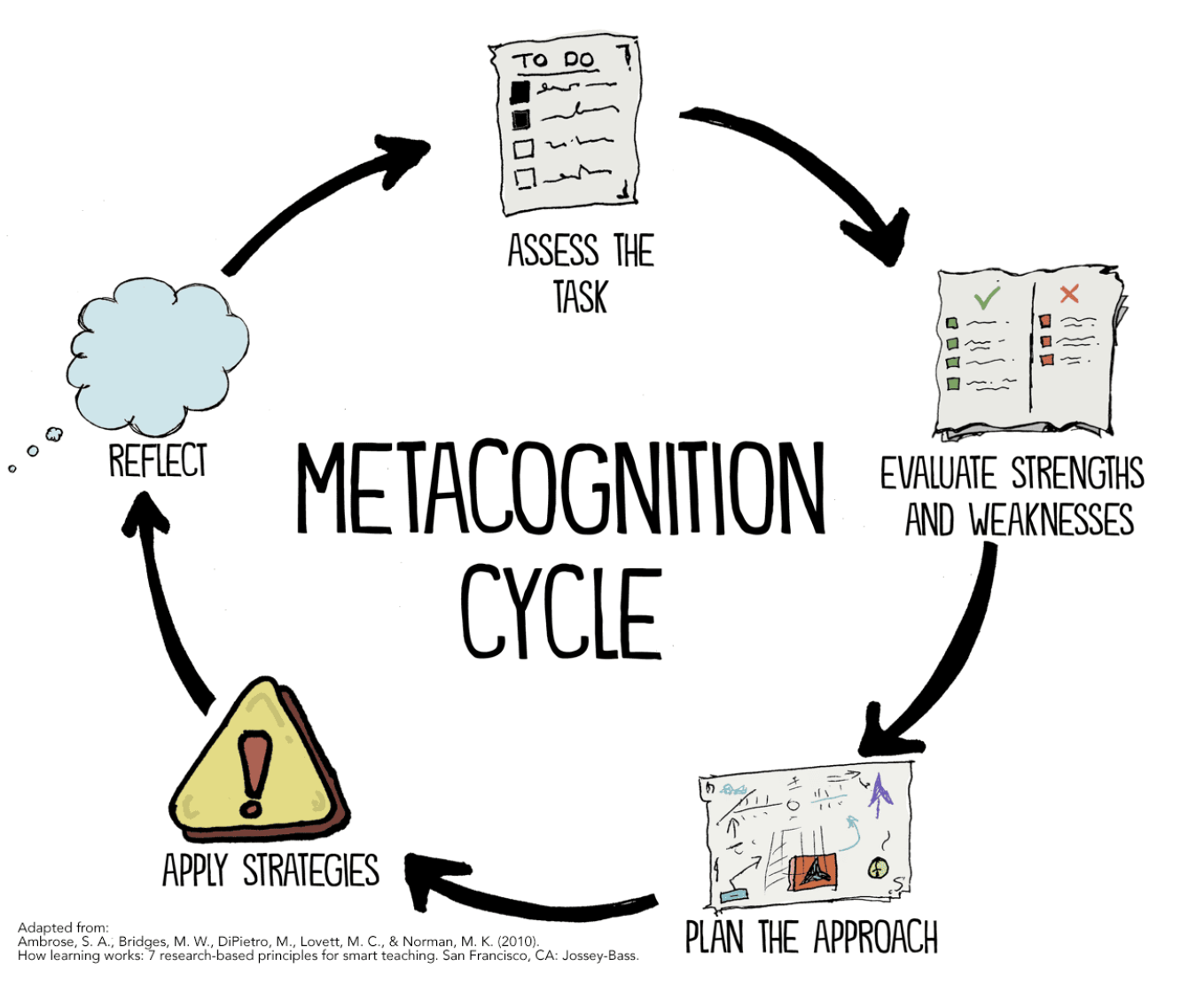
Lifelong learning & metacognition
Read this short article on Lifelong Learning and Metacognition posted on LinkedIn. Titled How do metacognitive skills help you cope with the challenges and opportunities of lifelong learning? it has been written by AI and "the LinkedIn community."
TASK: Take notes (you’ll need them in live Session 5). Ponder how this type of article, where the main text is powered by AI and the examples are provided by your students, could be incorporated into your subject/course you teach.
TEACHING TIP: You can post an article/text for student perusal and task them with adding examples of application of the concepts presented in the article, thus creating a bank of shared knowledge for your class.
EXTENSION READING: 5 Ways to Boost Metacognition in the Classroom.
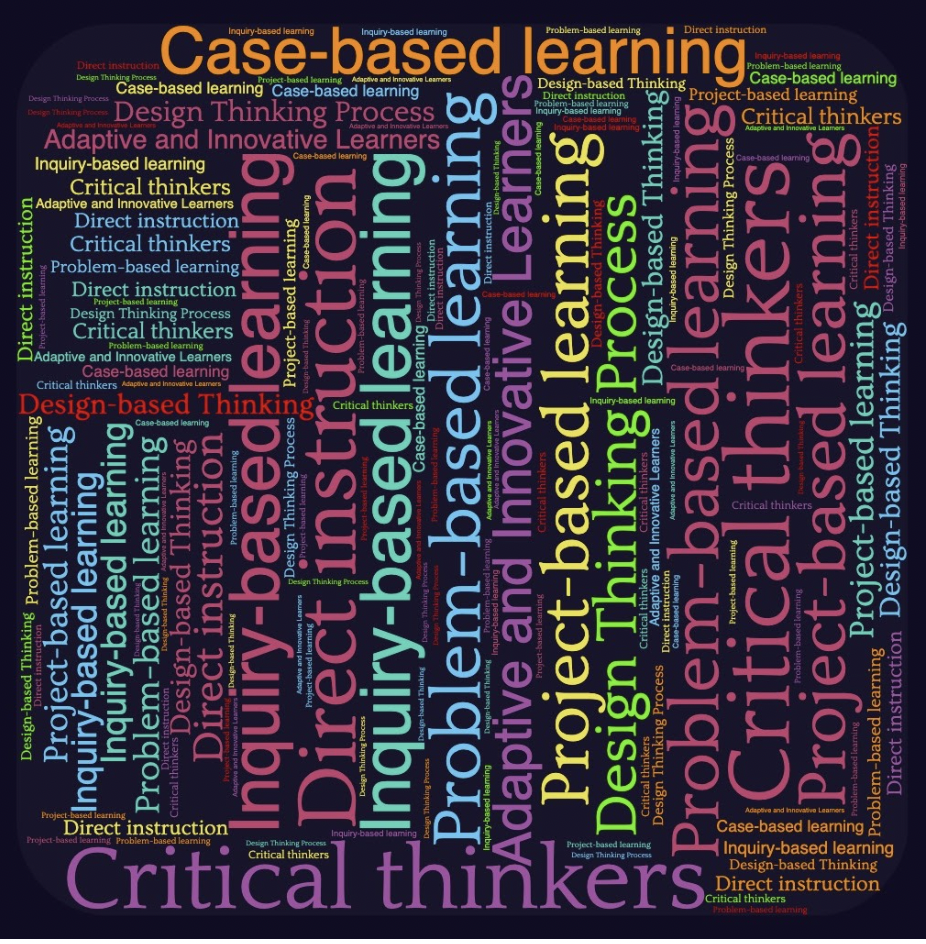
Definitions of learning
Nomenclature varies from author to author and across the timeline of decades, so let's get on the same page.
TASK: Check whether you remember the various types of learning by flipping through a set of 12 QUIZLET FLASHCARDS. Then play a fun game of "Gravity" where you can adjust the speed of the falling definitions or terms to match up. Who's game?
TEACHING TIP: Use QUIZLET FLASHCARDS to pre-teach pertinent vocabulary for a new unit/lesson in your course. Provide an element of gamification with "gravity mode" or self-testing with "test mode."
Deepening learning with UBD
We all know how to teach, right? Of course. But this doesn't mean we couldn't do a BETTER job ensuring that all students LEARN. Let's stay open-minded and engage with this EdPuzzle on Understanding by Design.
TASK: Engage with this EdPuzzle on Understanding by Design. (5 minutes, 7 questions)
TEACHING TIP: Use EdPuzzle to design short activities which you can use as pre-learning concepts, review of concepts, "flipped classroom" or "live" mode in a face-to face scenario with students shouting out their ideas or taking notes as you add further explanation to the discussion. Choose more open-ended questions than M/C questions to elicit deeper thinking, note taking, and pondering alternatives.

Design thinking process: F-I-M
Read this article on using a design process to take a STEM approach in any subject. Titled Taking Steps to Stem, it outlines a different way of approaching course construction, design thinking process following "frame - imagine - make" concepts.
TASK: Take notes on this alternative unit/lesson idea (you’ll need them in live Session 5). Think IN WHAT WAY (in which unit or lesson) could you ADAPT this Design Thinking Process in your own course.
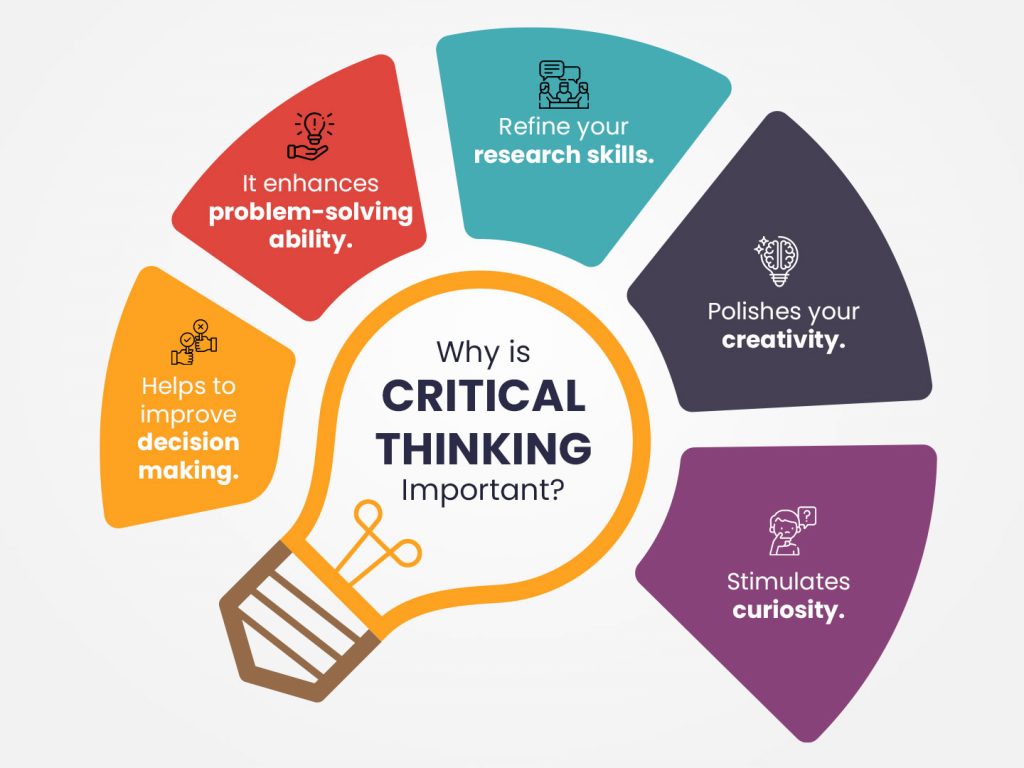
IMPORTANT: Take notes of your findings, you’ll need them in live Session 5.
TEACHING TIP: Identifying key points, comparing ideas or practice to your own, and predicting how implementation of any changes will alter a process require CT skills and can be practiced in a similar way by the students at any point in the unit or sessions of your course.
Practice of Critical Thinking
Let’s sharpen our own critical thinking habits through practice:
PROBLEM IDENTIFICATION TASK: Read the short article Direct instruction versus Project-based Learning and identify the key idea it raises. (If you find the time, click on the podcast link and listen to it as well).
IDEALIZATION OF SOLUTIONS TASK: Read the article What the Research Says about Project-based Learning and identify the key ideas it raises. (If you find the time, click on the 2 podcast links and listen to them as well).
PREDICTION OF OUTCOMES TASK: It was your pre-session 1 reading, so now just SKIM & SCAN the article, Ways of thinking in STEM-based problem solving (If you haven't yet, but you can find the time now, read the whole article)
A / If you’re in mathematical fields, identify the key ideas it raises, compare your own teaching practice to the proposed ideas, and predict to what extent adaptation of any of the mentioned concepts would alter it.
B / If you’re NOT in mathematical fields, identify the key ideas it raises and predict to what extent adaptation of any of the mentioned proposed ideas would alter your own teaching practice.
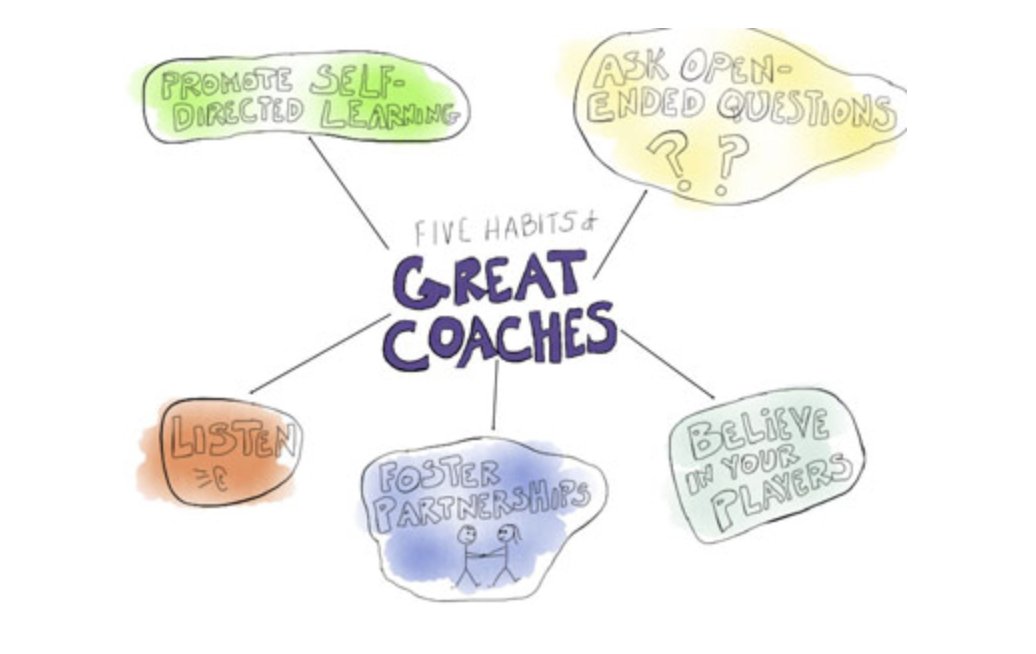
Facilitator of learning - a coach?
We’re all probably familiar with the terms student-led or student-centered learning, and we’ve probably heard of the concept of “facilitator of learning.” (And if not, no worries, here’s some basic information.) Let’s look at an article that uses an extended metaphor for “facilitator” – a classroom COACH.
TASK: Read the article Five Habits of Great Classroom Coaches. Assess your own teaching practice for each of the 5 habits on a scale from 1 to 5, as below.

Resource bank of best practices
Let’s pool our knowledge together by creating a resource bank and share best practices.
TASK 1: On this linked Google doc, find your name and list your TOP TWO teaching strategies or practices and TOP TWO tech tools you use in your course/field. CAVEAT: You can’t list THE SAME strategies/practices/tools that people have already listed! Come up with your next best “TOP TWO” 😉
TASK 2: On the linked Google doc, add your TOP TWO resources for supporting learning, for example graphic organizers like KWL charts, resources for practicing questioning skills or resources for rubrics, and so on. You can write the link to one that you have made (like a PDF on your drive [ensure the sharing option is set to “anyone with the link”] or a resource you found online. CAVEAT: You can’t list THE SAME resources that people have already linked! Come up with your next best “TOP TWO” 😉
What have we learned in Session 2
➢ To introduce and/or refresh knowledge of CT/DL/PS skills through concepts of lifelong learning and metacognition
➢ To introduce and/or refresh knowledge of course & lesson/session
➢ To sharpen critical thinking habits through practice of problem identification, idealization of solutions and prediction of outcomes
➢ To enhance understanding of student-led / student-centered learning (coaching habits)
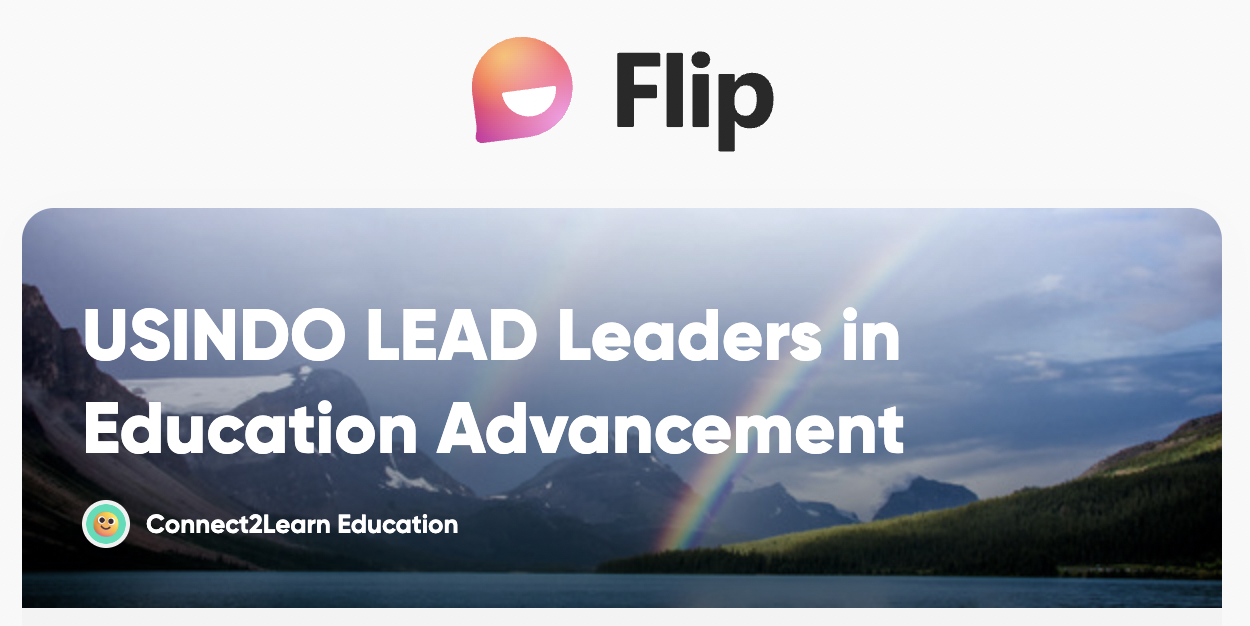
Scan the QR code at the end of the page to join the FLIP Group for LEAD or click https://bit.ly/FLIPGroupforLEAD
ASSIGNMENT #1
SPEAKING & LISTENING TASK - a recording of own video uploaded to FLIP - listening to another teacher’s video and responding
TASK 1: CHOICE & VOICE – pick ONE and record a max 3 minute talk
- Explain your view on the teaching practice shift that you would need to make and how you might incorporate it in your own course.
- Explain how you view the role of lecture-based / direct instruction in your field of study or the course you teach.
- Explain to what extent do you feel student-led learning (discussions, collaborative activities) would enhance student learning in your field of study or the course you teach
TASK 2: COMMENT on a peer video and reflect on potential alterations to ideas recorded in your own video
Preparation for Live Session 3
TASK: On this linked Google doc, find your name and write your current TOP THREE current assessment strategies.
NOTE: Don’t worry if your assessments are the same as another teacher’s, just write what YOUR TOP THREE are. IF you have a RUBRIC that goes with your assessment, please provide a LINK to it (ensure it’s set to “anyone with the link” can view)
OPTIONAL EXTENSION READING:
→ THEORY identification - which to follow?
Resources for Session 2
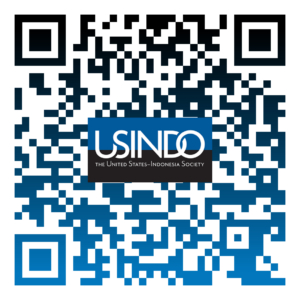
JOIN CODE 0pxuaxaz
